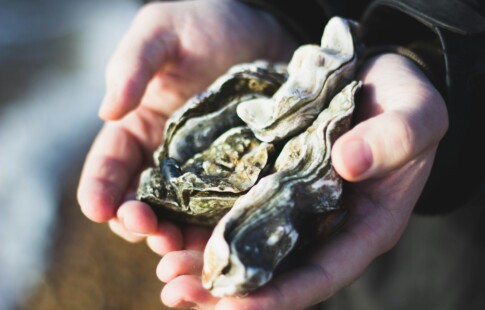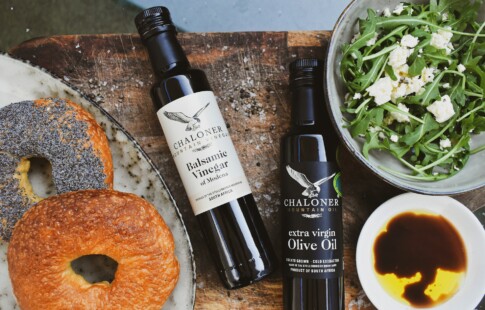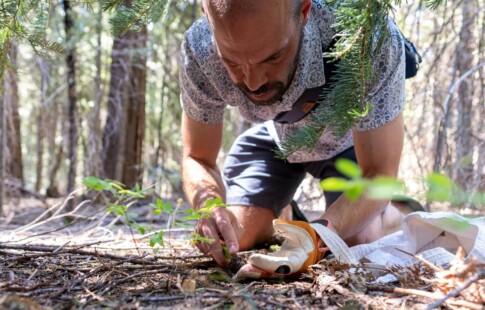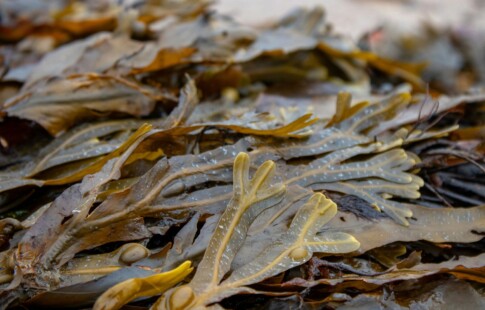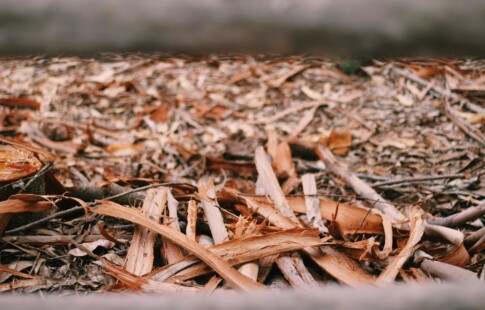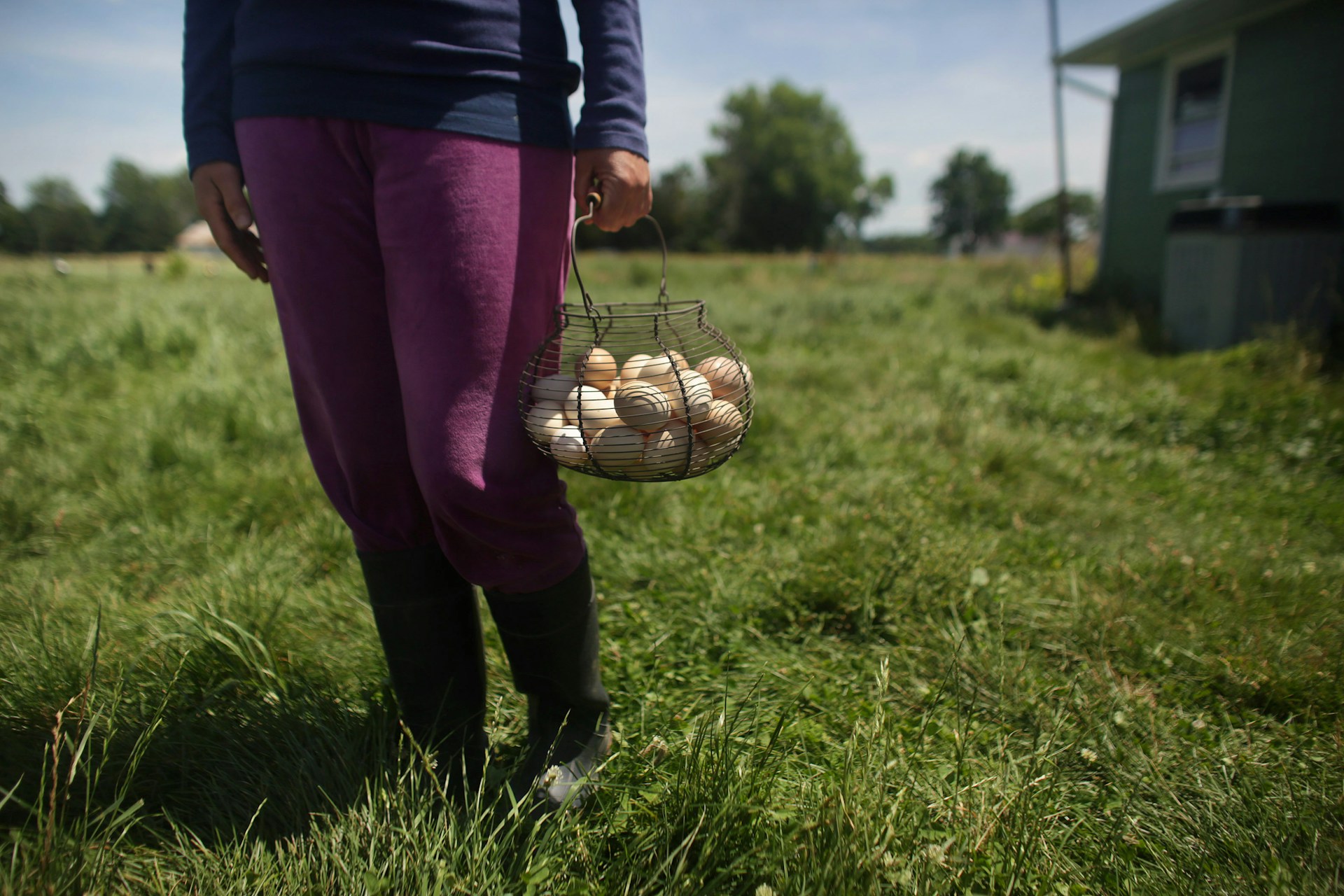
How to Start a Homestead With No Money or Experience
We are reader-supported. When you buy through links on our site, we may earn affiliate commission.
Homesteading has gotten a very untrue reputation. While some think of it as a glamorous, nature-based alternative to modern living or for those with few skills, it actually takes a large amount of knowledge and physical labor. Learning how to start a homestead with no money or permaculture know-how is not for the faint of heart, but with time, go-getters can make it happen.
Start by Outlining the Homestead’s Goals
The first step will be to decide how involved the homestead will be. Some people in urban settings make do with vertical and container planting — the former of which is great for pest and climate control — while others dream of sprawling farmland and no neighbors in sight. Choosing one is vital to determining how much you’ll invest in your setup or how much you’ll need to save.
For example, if someone desires a small setup or has limited space, they could start searching for ideal crops in their region, planters and cultivation tips. However, if their ultimate goal is to buy their own land and raise livestock, many recommend saving as much as possible until they find the right property. Though it can save a lot on food and become profitable, it takes a large amount of money to buy everything necessary to run a full-fledged homestead.
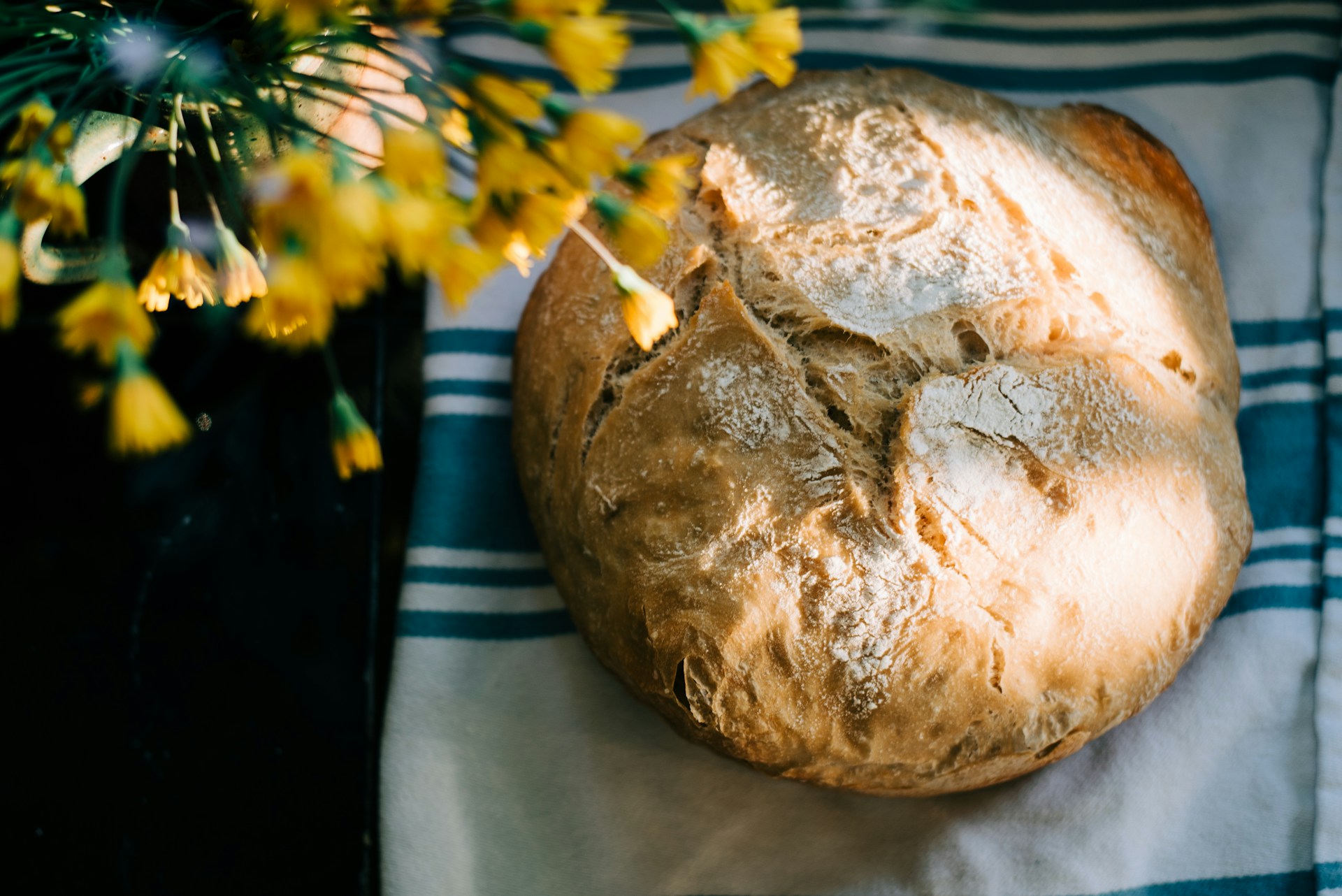
Add to Your Skills
While it’s possible to walk onto a piece of land and figure out how to live off it, doing so is a lot easier with some knowledge. Knowing what will grow well, when to harvest and how to preserve crops will be critical to making the most of any money spent. Learning how to turn any excess food into juices or appealing dishes like pies and breads can help pull in extra cash. Of course, becoming a master of budgeting will be key in keeping the property afloat.
For extra savings, many homesteaders choose to learn how to sew their own clothes. Beginners may also find it best to start with their home cooking and baking skills. Start learning how to make all kinds of foods from scratch — breads, pastas, desserts, favorite take-out meals and more. Rather than buy books on how to do all these things, utilize free online video tutorials or friends and family with the expertise. There might also be nearby farms looking for volunteers so new gardeners can learn the ropes.
Get Advice From Homesteading Experts
Learning directly from people who have been living the homesteading lifestyle for years can be a significant benefit in getting started. These knowledgeable people can help newcomers avoid expensive mistakes and offer some helpful tips for starting right.
If there aren’t any homesteaders nearby, the internet is a wealth of information on planting practices, money-saving tips and time-saving hacks. Local garden centers can also show shoppers what grows best in the local plant hardiness zone.
Make Some Small Changes
With some knowledge and an idea of what they want to accomplish, budding homesteaders may finally be ready to start trying their hands at the homesteading life. Once it works out in the budget, buy a few planters and seeds and give growing the first of many crops a shot.
Prepare for failure. While gardening offers a host of social and well-being benefits during times of crisis, it can also be incredibly disheartening when seeds don’t sprout or crops don’t fully form. However, this is all part of the learning curve when you’re learning how to start a homestead with no money or previous knowledge. The first few tries may be expensive, but the experience gained is vital.
It may also be time to start visiting clothing stores less and making clothes at home more. Combine that shift with relying more on home-grown ingredients for home-cooked meals, and you could start seeing your work pay off soon. Putting those savings toward purchasing land can make reaching that goal — if it is one — much more straightforward.
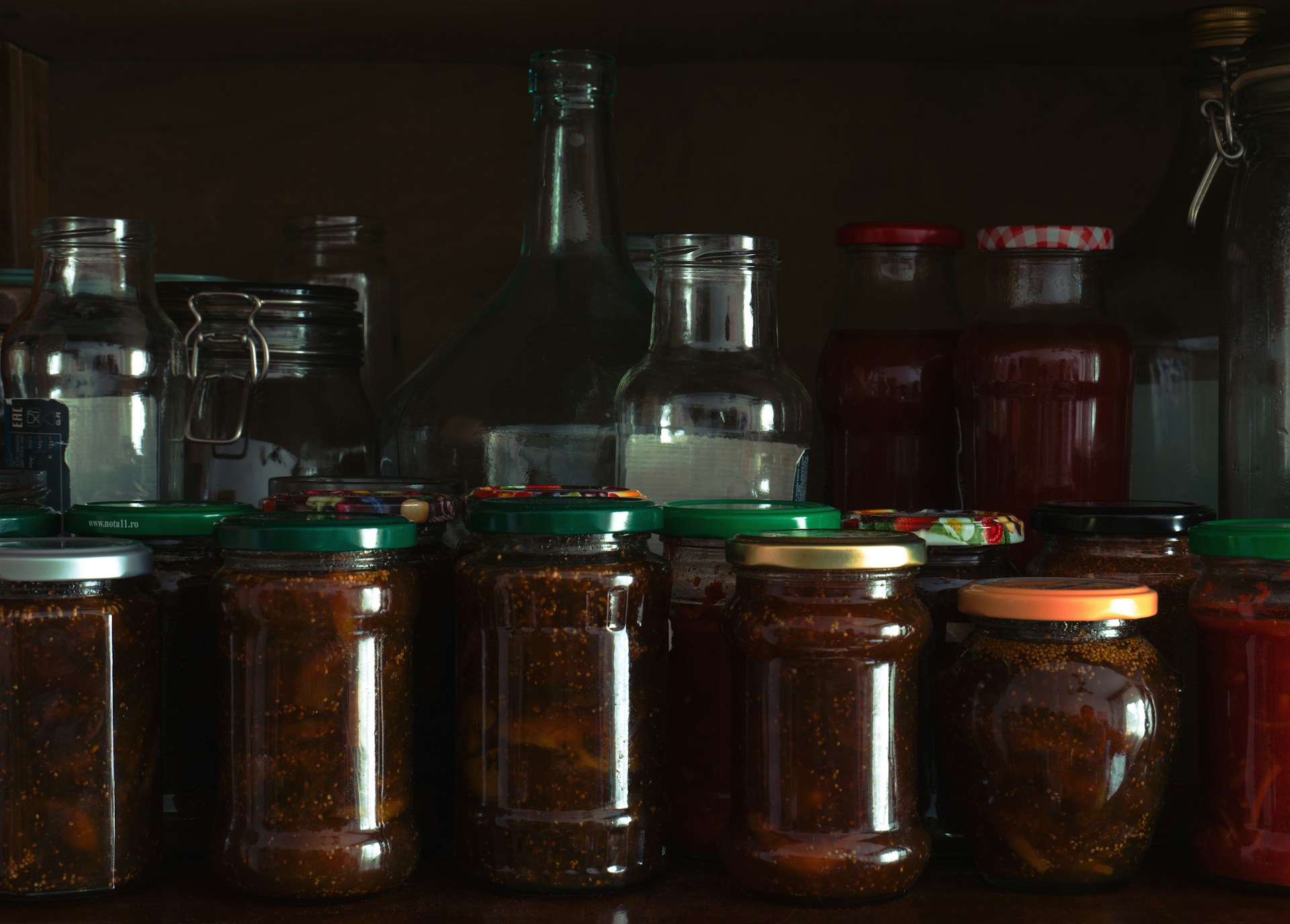
Try Selling Things
It may be possible to fund a homestead partially through what you produce. For instance, say someone starts with tomatoes. If their plant is particularly prolific and grows more fruit than they can eat, rather than letting them go to waste, they could turn those tomatoes into sauce or soup. All they need to do is add it to some glass jars and find a place to sell. However, it’s important to balance how much they sell and keep as preserves.
Those who found a passion in sewing could use extra time to create a small slow-fashion business — knitters and crocheters could do the same. They could also sell home goods like dish scrubbers, oven mitts, hair ties and more. Any way to create supplemental income will help keep the homestead running.
Keep Expectations Humble
When picturing the homesteading life, it’s easy to imagine a large farmhouse with fenced-off fields full of animals, crops and farm structures. Those dreamy ideals could one day come true, but if learning how to start a homestead with no money, it’s best to keep things small. Don’t jump right to buying solar panels, sprawling properties, or tons of fruit and vegetable plants right away.
Downsizing may actually be the way to go. If someone has fewer items to manage, they can live in a smaller space, ideally reducing their housing costs. Less to take care of indoors also means more time is available to spend tending to the crops. Once they start seeing savings from minimizing purchases and necessary expenses, they may then have the time and funds to start purchasing small livestock like chickens.
Rather than immediately thinking of what could be bought with the money saved, keep it in a savings account to cover necessary purchases and major investments. Additionally, avoid falling into the trap of aiming for full self-sufficiency — even longtime homestead owners need to buy things from others every now and then. For example, perhaps someone could find a way to save $300 on a chicken coop by sourcing materials from their property, but paying a builder will be necessary if DIY isn’t possible.
Figuring Out How to Start a Homestead With No Money Is Possible
While having the surplus money to set up a homestead makes getting started much easier, it’s absolutely possible to start one with a smaller bank account. All it takes is heaps of patience and the willingness to get down in the dirt and learn. Doing research is the first step to success.
Frequently Asked Questions
Is homesteading cheap?
While homesteading means becoming highly self-sufficient, which can help property owners spend less money, getting started is a significant investment. Newcomers will have to buy planters, fruit and vegetable plants or seeds, glassware for preserves, necessities for plant care, and more. They may eventually expand to land and livestock, which require maintenance and housing.
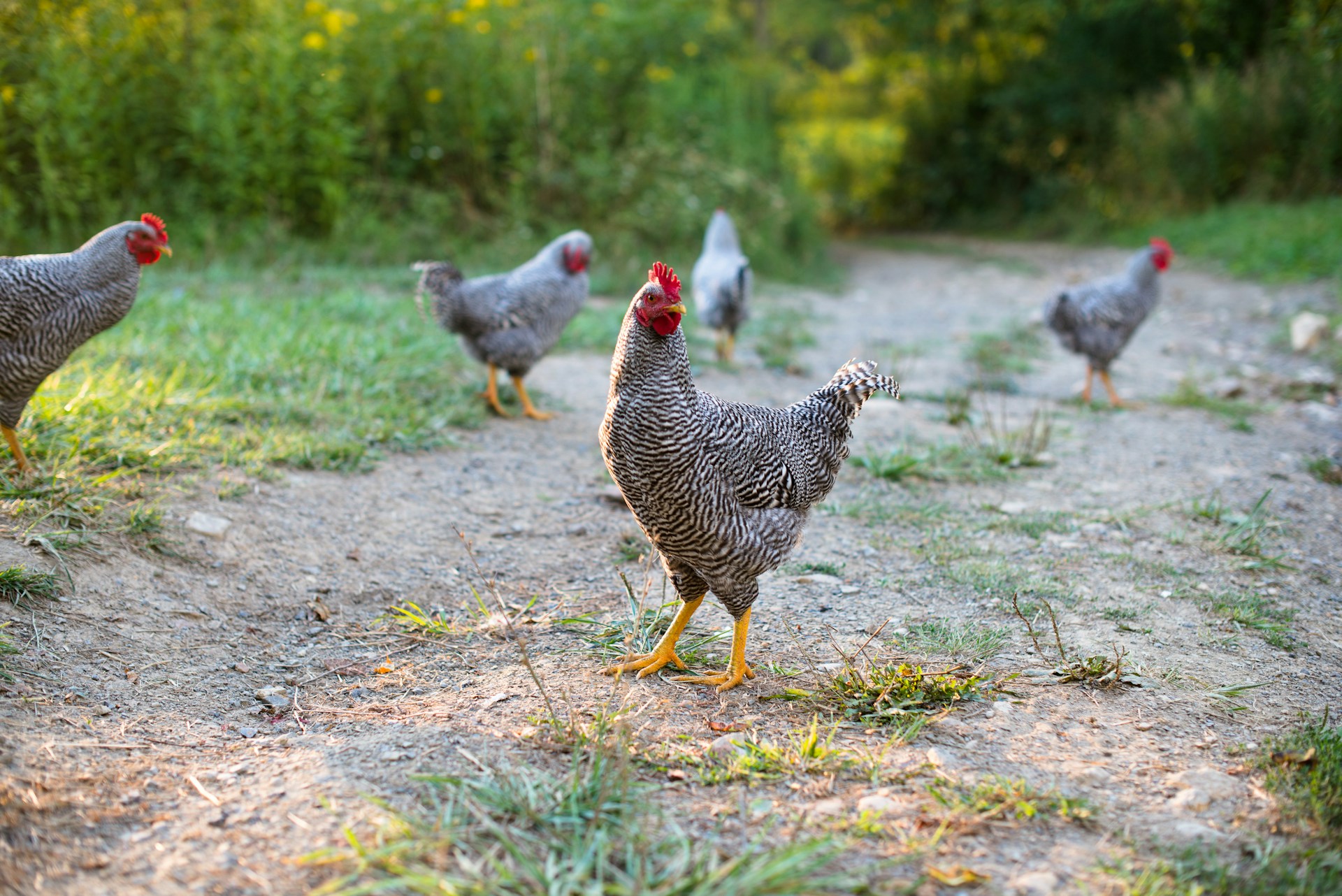
Do you need property to homestead?
No — owning land is not necessary for homesteading. Raised garden beds and buckets are excellent options for growing food. It may be more difficult to raise livestock without owning property, but ownership is not a requirement for homesteading itself.
Does homesteading make money?
While making money isn’t the goal of homesteading, doing so is possible. If there are extra crops, homesteaders may choose to turn them into baked goods, drinks or sauces they then sell. They may also own livestock like sheep that produce wool, which they turn into yarn and products for sale. However, keeping such animals and obtaining containers has an expense, which factors into the sale price.
Share on
Like what you read? Join other Environment.co readers!
Get the latest updates on our planet by subscribing to the Environment.co newsletter!
About the author

Steve Russell
Steve is the Managing Editor of Environment.co and regularly contributes articles related to wildlife, biodiversity, and recycling. His passions include wildlife photography and bird watching.

